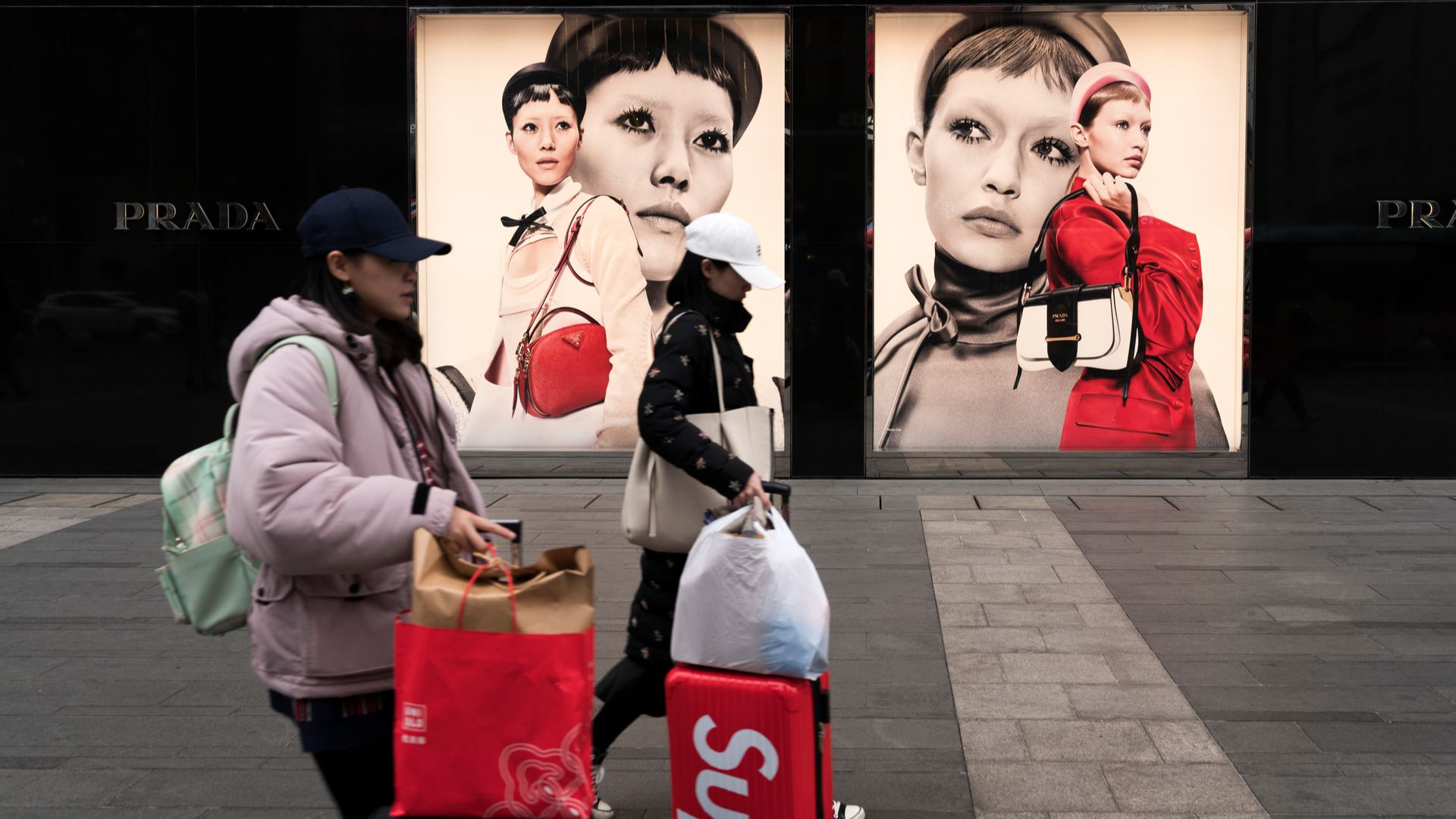The Italian luxury fashion house Prada SpA’s latest earnings release may have surprised some analysts, but those who have been watching Chinese shopping habits abroad weren’t so shocked. Prada is not the first, nor will it be the last, luxury brand to suffer from the a declining shopping trend among Chinese tourists — one that’s affecting 2019 much in the way it did 2018.
The company attributed its lackluster 2018 sales to decreased Chinese tourist shopping in major shopping hubs Hong Kong and Macau but also noted that sales in mainland China were relatively flat during the year. These prolonged struggles indicate that the brand just isn’t doing well with the average Chinese consumer while other luxury brands have seen sales growth inside China over recent quarters.
Brands like LVMH and Kering said in their earnings calls that declines in tourist spending in 2018 were offset by increased spending inside China, leaving investors to wonder why Prada didn’t see a similar result. There is speculation that while Prada is a well-respected brand among most luxury consumers, its marketing campaigns have fallen flat with casual Chinese luxury shoppers — a group that has given most luxury brands a boost in the slowing global economy. The company’s Lunar New Year campaign, for example, was considered a failure for styling its ads for the uplifting holiday, creating a message that felt more like “a funeral” than a celebration.
The company had seen a significant increase in sales in the first half of the year, with its China market growing 17 percent year-on-year over that period, but that initial sales boost was likely due to the novelty of Prada’s new e-commerce channel, which was launched at the beginning of that year. Unfortunately, the second half of 2018 wasn’t as kind to the brand, and experts have noticed that Prada’s struggles are continuing this year. CMB International Securities Ltd. analyst Walter Woo told Bloomberg, “We haven’t seen significant recovery in [Prada’s] China sales during the first two months this year after a weak fourth quarter in 2018.”
During the company’s earnings call, Prada CEO Patrizio Bertelli elaborated on the situation, saying, “The Chinese market has become more selective than it used to be in the past. We’ll have to work on that market more and more intensively.” He also acknowledged an effort to reverse course and strengthen its brand image in China by adding, “We decided to stop doing markdowns from 2019 onwards.” It’s a move that should, at the very least, increase profit margins in the short term.
Overall, the company’s revenue increased 6 percent year-on-year (at constant exchange rates) in 2018 to $3.56 billion (€3.142 billion). In addition, Prada saw its margins narrow from the previous year — its net profit margin slid to 6.5 percent from 8.1 percent — and its operating profit fell 10 percent from 2017 to $366 million (€323.8 million), missing analysts’ predictions by about 14 percent.
After the sales release, the Hong Kong-listed company saw its shares plummet over 10 percent on Monday to $2.85 (HK$22.35), its lowest close in more than two years.



